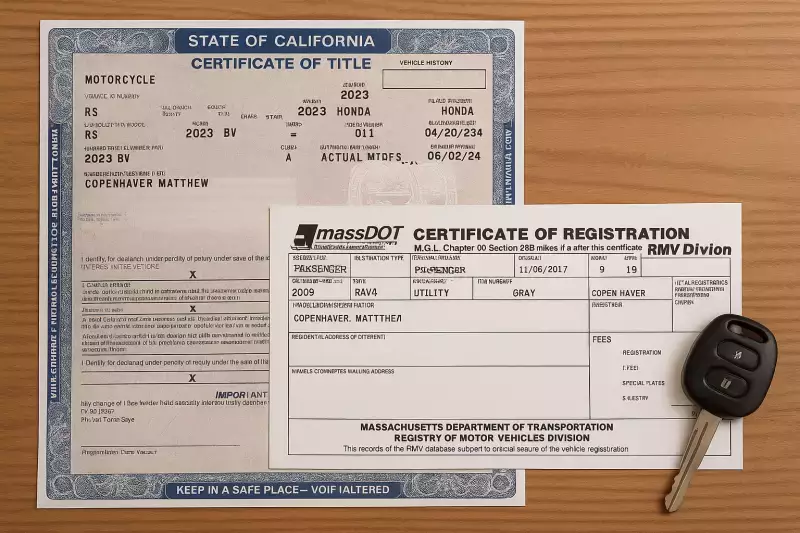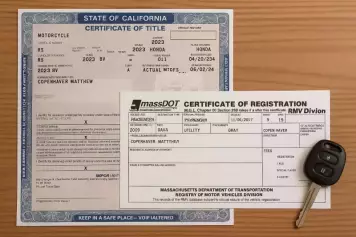Combustion engines need engine oils to function properly. This is because oils lubricate various parts of the engine, and in the process reduces friction between moving engine parts, thereby preventing excessive wear and loss of power in the engine. When engines are properly lubricated, they burn fuel efficiently as engine oils regulate the temperature in the engine by dissipating heat and protecting components from corrosion and sludge buildup.
One characteristic of engine oils that affects efficiency and effectiveness is viscosity. Viscosity impacts heat generation in bearings, gear sets, and cylinders. Viscosity is used as a measure of the resistance of an oil to flow. Therefore, the viscosity of oil determines how well it performs under different temperatures, ensuring proper lubrication in both cold start and high-temperature conditions.
The numbers on oil represent its viscosity, or thickness, at different temperatures. The first number (before the “W,” which stands for "winter") shows how the oil flows in cold temperatures, while the second number indicates how it performs at high engine temperatures. For example, in 5W-30, the oil flows like a 5-weight oil in cold weather and like a 30-weight oil when the engine is hot. Choosing the right viscosity ensures proper lubrication and engine protection in different driving conditions.
What Does 5W-30 Mean?
Engine oils use a grading system developed by the Society of Automotive Engineers (SAE). The SAE grading system is based on the viscosity characteristics of the oil which is now informally known as engine oil numbers. Since the viscosity of engine oils change per temperature, multigrade oils (such as 5W-30) were required to provide protection for engines across a range of temperatures. Note that single-grade oils have fixed viscosity and may become too thin or thick at some temperatures.
The number 5 in the 5W-30 engine oil grade represents the viscosity of the oil at low temperatures, while the "W" stands for winter.
- A lower number preceding the "W" means the oil remains thinner and flows more easily in cold conditions.
- The second number (30 in this case), indicates the oil’s viscosity at 100°C.
- A higher number signifies a thicker oil that provides better protection at high operating temperatures.
Hence, the "5" in 5W-30 indicates the oil would make it easier for engines to start in cold weather due to the low viscosity at low temperatures, while the "30" indicates that the oil stays thicker when the engine is hot (high temperatures), providing adequate protection and reducing engine component wear.
5W-30 is widely recommended because it offers a balanced viscosity range, making it suitable for both cold and hot conditions. It flows smoothly in winter for easy starts while also maintaining stability at high temperatures, protecting the engine in warm climates or during heavy use. Many car manufacturers also recommend 5W-30 oils because they work well across a wide range of vehicles and driving conditions.
Using the wrong viscosity may lead to engine issues. If the oil is too thick in cold weather, the engine may struggle to start, increasing wear. If it is too thin at high temperatures, it may not provide enough protection, leading to increased friction and premature engine wear.
How to Read Oil Weight
Oil weight refers to the viscosity grade of engine oil, which determines how well it flows and protects the engine at different temperatures. Typically, oil viscosity is expressed using a two-number system and indicated in the numbers on oil. Examples include:
- 0W-20: This oil flows extremely well in cold conditions, making it ideal for modern, fuel-efficient engines. “0W" in this oil number means the oil remains very thin in winter, ensuring easy starts and quick lubrication. The "20" in oil numbers indicates its thickness at high temperatures, which is suitable for newer engines designed for lower-viscosity oils.
- 10W-40: This oil provides thicker protection at high temperatures, making it a good choice for high-performance or older engines requiring extra lubrication to prevent wear.
- 15W-50: Used in racing or high-temperature environments, this oil maintains a thick consistency at high operating temperatures, making it suitable for extreme driving conditions.
It is important that you know how to read different oil viscosities, as choosing the wrong oil may reduce the lifespan of your vehicle's engine, fuel efficiency, and performance. To ensure you are using the correct oil for your car, check your owner’s manual. Vehicle manufacturers specify the recommended oil viscosity based on the engine design and expected driving conditions.
How to Choose the Right Oil for Your Car

Selecting the right engine oil is important for maintaining your car’s performance, longevity, and overall health. The right oil ensures proper lubrication, reduces engine wear, and enhances fuel efficiency. With various oil types and viscosity grades available in the market, making the right choice cannot be overstated, as doing so may be the difference between operating a smoothly running engine and costly repairs down the road.
The best way to determine the correct oil for your car is to consult the owner’s manual. Manufacturers specify the ideal viscosity and oil type for their engines in these manuals, considering factors like operating temperature, driving conditions, and engine design. For instance, newer fuel-efficient vehicles may require low-viscosity oils like 0W-20, while older or high-performance engines might benefit from thicker oils like 10W-40.
Ultimately, using the right oil ensures smooth engine operation, better fuel economy, and long-term reliability. Regular oil changes with the correct type and grade will help protect your engine and keep your vehicle running efficiently for years to come.








![Best Sites to Check a Car’s History [2025 Review]](https://media.infopay.net/thumbnails/K8lMeG2QLjE46LPqZlmoi6SunKKdT5qvlaRZk6e1.webp)










![Best Sites to Check a Car’s History [2025 Review]](https://media.infopay.net/thumbnails/K8lMeG2QLjE46LPqZlmoi6SunKKdT5qvlaRZk6e1-w356.webp)
